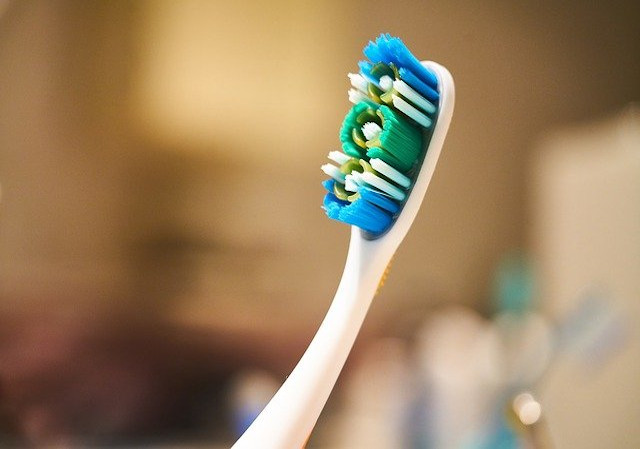The batteries are most absolutely 100% replaceable, though I do *not* recommend you try unless you are an electronics hobbyist/electrical engineer/ham radio operator/genius. This requires the ability to work with delicate electronic components, solder, and desolder.
In case you are not familiar, "planned obsolescence" is all the rage these days. The definition is quite simple. Literally, it means that major consumer electronics companies plan products to fail in a given amount of time, to increase their profits. Lovely, huh? Modern battery chemistry for consumer grade rechargeables is Nickel Metal Hydride. These batteries do *not* have a memory which affects charge cycles. The older technology is Nickel Cadmium, which is dangerous for the environment and develops a memory, impacting the amount of charge the cells can hold over time. Philips intentionally continues to use Nickel Cadmium cells instead of the better Nickel Metal Hydride. They also make it extremely difficult to replace the cells; that is, they build these brushes with "planned obselescence" in mind.
If you are extremely careful, you may try to replace your batteries. When your brush no longer chargers to your satisfaction, VERY gently pry open the handle with a flat-bladed screwdriver, after running down the battery. Once it is open, you will see two "AA" Nickel Cadmium cells soldered into place. This is when you find your ham radio operator, electronics hobbyist, electrical engineer, or genius friend. Or, if you are one of the above...
Carefully remove the existing Ni-Cad cells, and recycle them properly. Find some high capacity Sanyo Nickel Metal Hydride cells, and put them in instead. Reseal the whole deal with epoxy, and see how it turns out.
Remember, in doing this, if you mess up, you had nothing to lose. Let me add here that if your dog turns in a squirrel or your ear turns to pudding in attempting this, I am *not* responsible!
:-)
Bryan the Bald
July 2007
